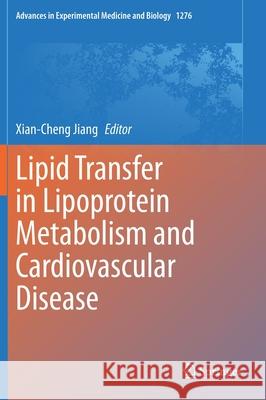Lipid Transfer in Lipoprotein Metabolism and Cardiovascular Disease » książka
topmenu
Lipid Transfer in Lipoprotein Metabolism and Cardiovascular Disease
ISBN-13: 9789811560811 / Angielski / Twarda / 2020 / 234 str.
Lipid Transfer in Lipoprotein Metabolism and Cardiovascular Disease
ISBN-13: 9789811560811 / Angielski / Twarda / 2020 / 234 str.
cena 693,97 zł
(netto: 660,92 VAT: 5%)
Najniższa cena z 30 dni: 689,15 zł
(netto: 660,92 VAT: 5%)
Najniższa cena z 30 dni: 689,15 zł
Termin realizacji zamówienia:
ok. 20 dni roboczych.
ok. 20 dni roboczych.
Darmowa dostawa!
Wydawca:
Springer
Seria wydawnicza:
Język:
Angielski
ISBN-13:
9789811560811
Rok wydania:
2020
Wydanie:
2020
Numer serii:
000253056
Ilość stron:
234
Waga:
0.63 kg
Wymiary:
25.4 x 17.78 x 1.42
Oprawa:
Twarda
Wolumenów:
01
Dodatkowe informacje:
Wydanie ilustrowane











